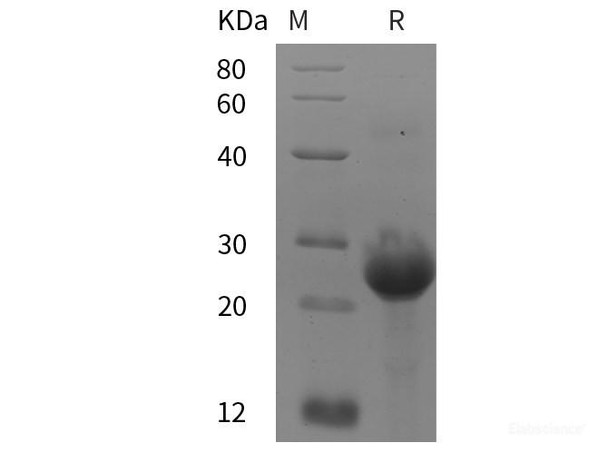| Background: | c-Abl belongs to the class of tyrosine kinases and is the prototype of a subfamily which includes two members, c-Abl and Arg (Abl-related gene). Both proteins are localized at the cell membrane, actin cytoskeleton and cytosol, and c-Abl is present in the nucleus as well. c-Abl is a non-receptor tyrosine kinase that participates in multiple signaling pathways linking the cell surface, cytoskeleton, and the nucleus. Recent in vitro studies have also linked c-Abl to amyloid-beta-induced toxicity and tau phosphorylation. c-Abl has been implicated in many cellular processes including differentiation, division, adhesion, death, and stress response. c-Abl is a latent tyrosine kinase that becomes activated in response to numerous extra- and intra-cellular stimuli. The c-Abl protein is a ubiquitously expressed nonreceptor tyrosine kinase involved in the development and function of many mammalian organ systems, including the immune system and bone. It regulates the cellular response to TAM through functional interaction with the estrogen receptor, which suggests c-Abl as a therapeutic target and a prognostic tumor marker for breast cancer. c-Abl also plays a key role in signaling chemokine-induced T-cell migration. In addition, c-Abl contains NLSs (nuclear localization signals) and DNA-binding sequences important for nuclear functions. c-Abl has become an important therapeutic target in human chronic myeloid leukaemia. |






